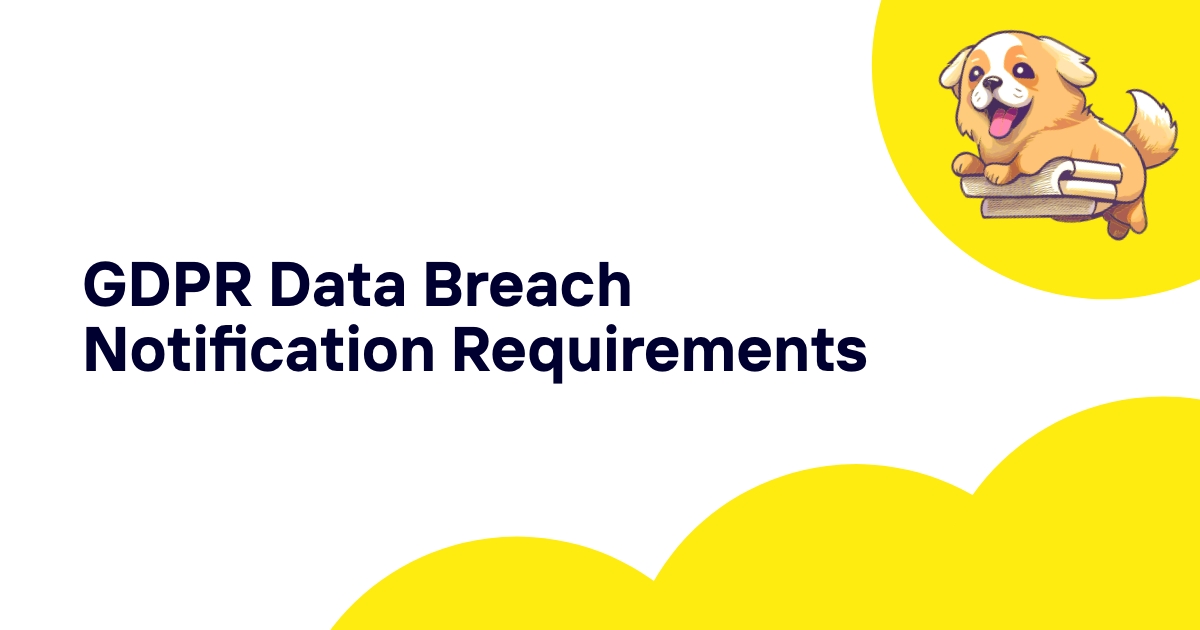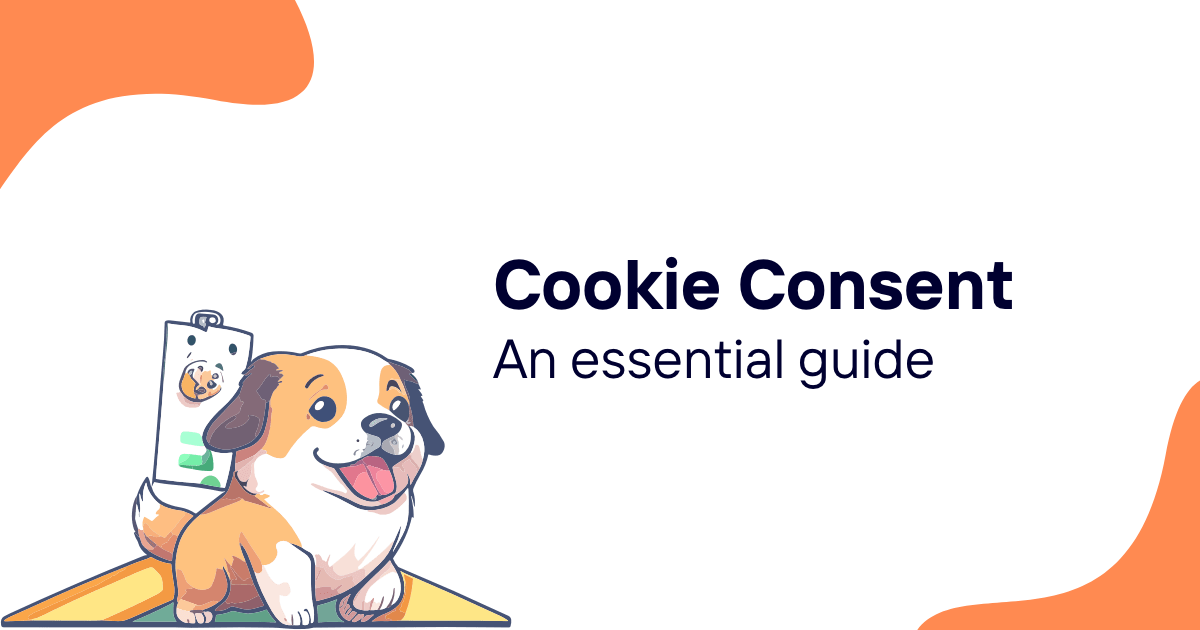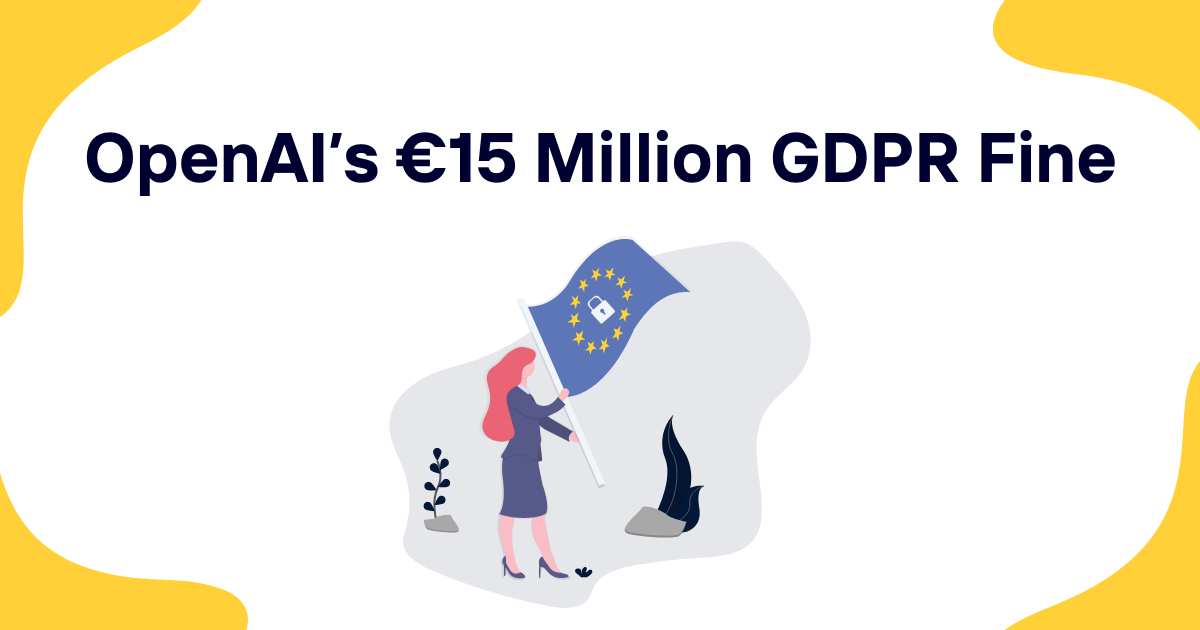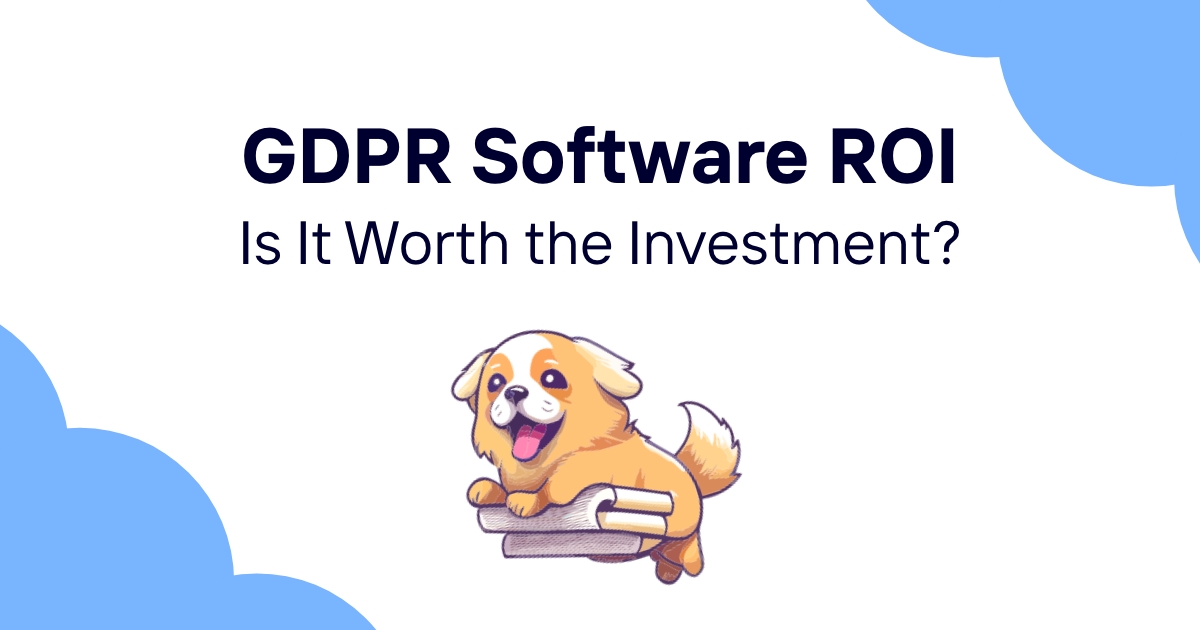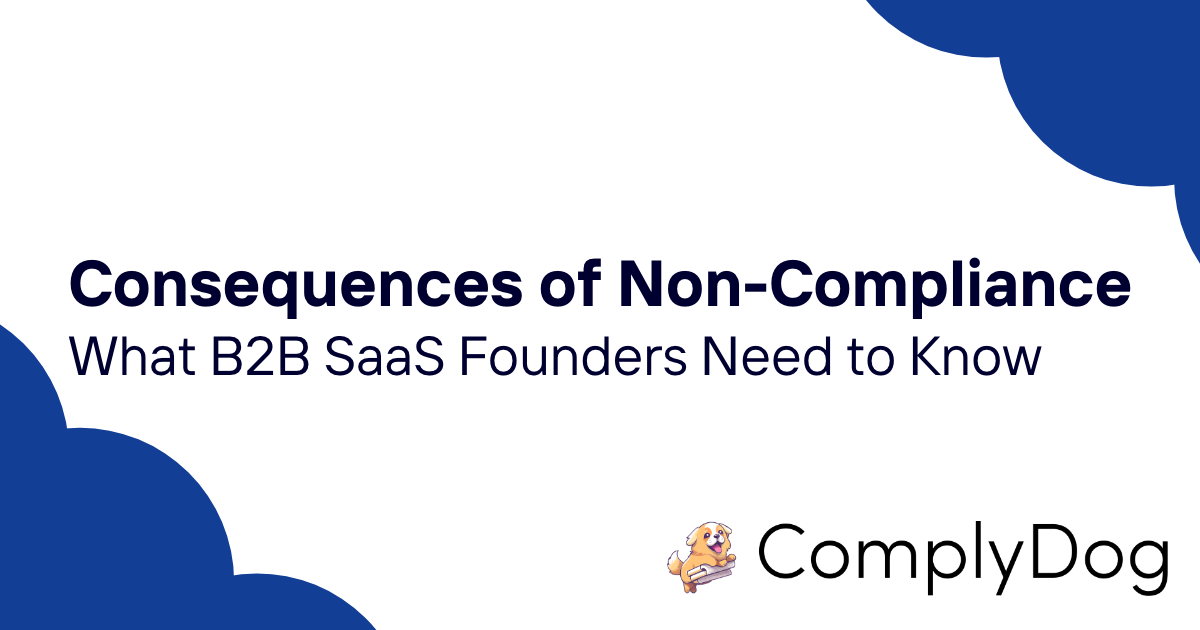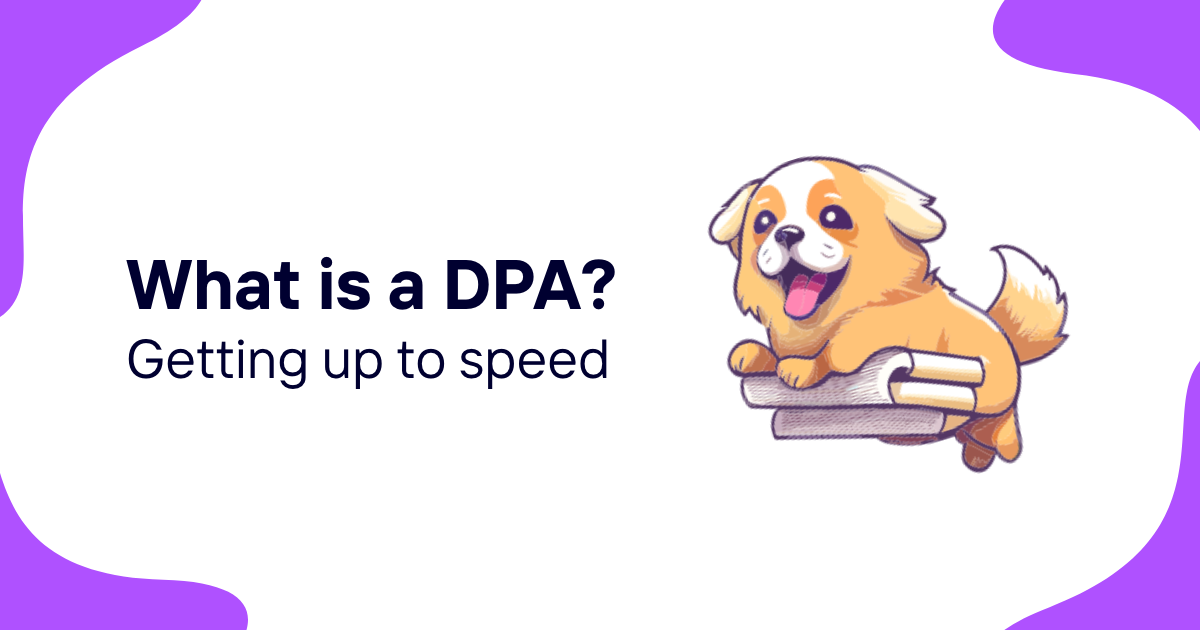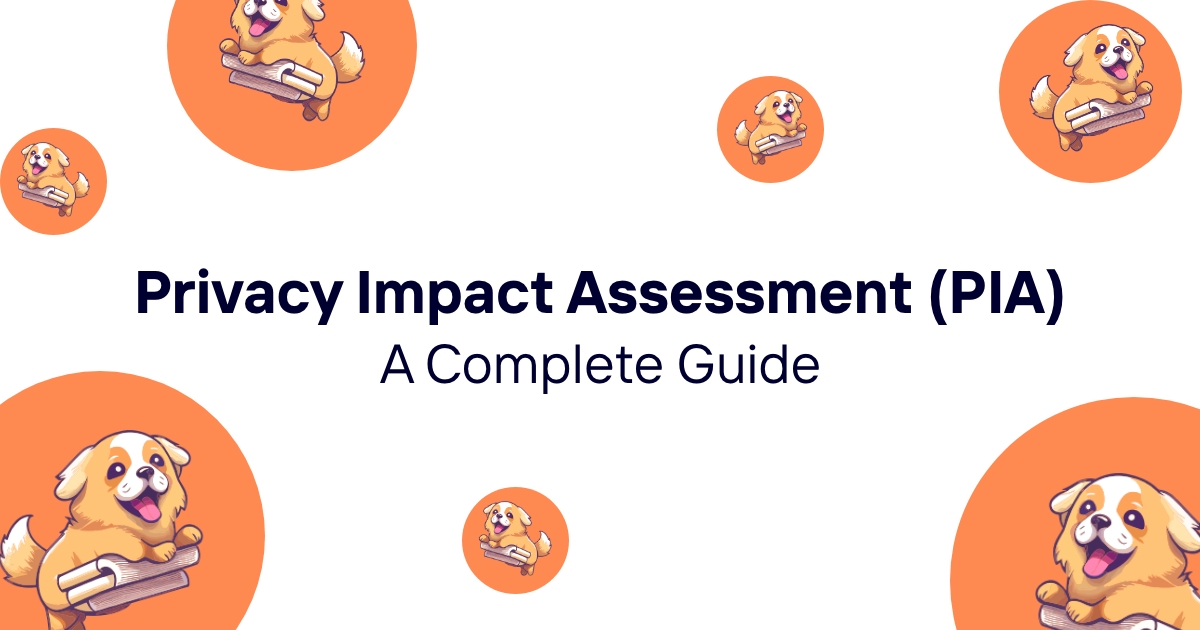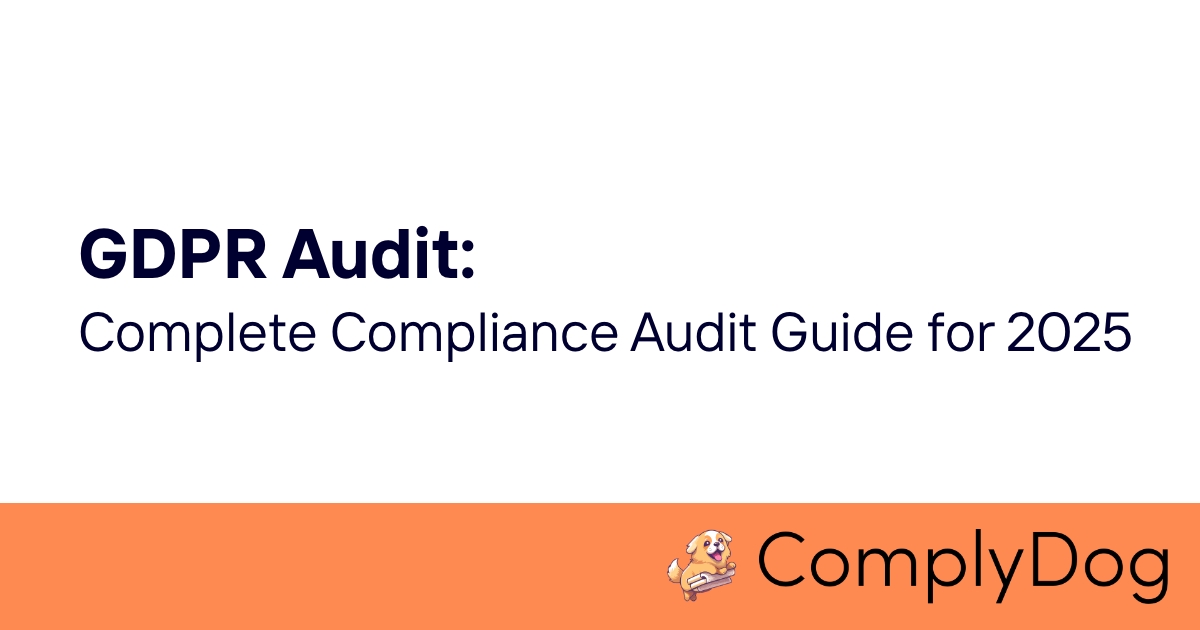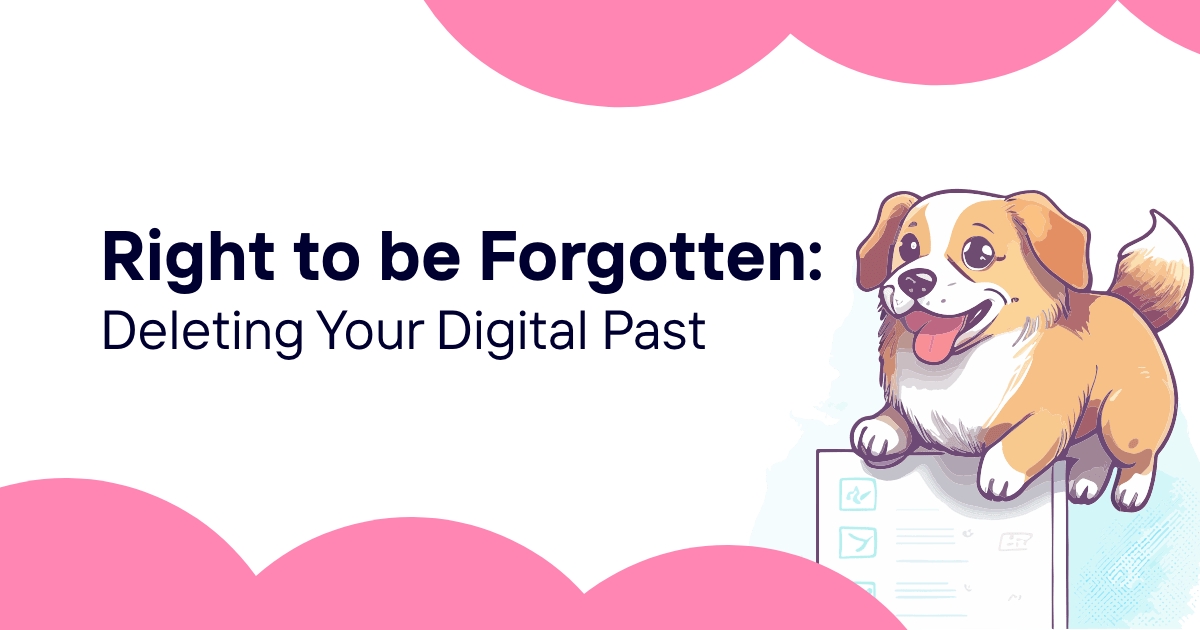Data breaches happen to every organization eventually, but how you respond determines whether you face minor disruption or catastrophic fines. GDPR's notification requirements are strict, complex, and unforgiving of mistakes.
The 72-hour notification deadline starts ticking the moment you become aware of a breach, not when you finish investigating. Many organizations discover too late that their incident response procedures don't meet GDPR standards.
This guide provides everything you need to handle data breach notifications correctly, from initial detection through final reporting and follow-up activities.
GDPR Data Breach Definition and Scope
Personal Data Breach Definition
GDPR defines a personal data breach as any security incident that leads to "accidental or unlawful destruction, loss, alteration, unauthorised disclosure of, or access to, personal data transmitted, stored or otherwise processed."
This broad definition covers more than just cyber attacks. Lost laptops, misdirected emails, employee snooping, and system failures all potentially qualify as personal data breaches requiring notification.
The breach definition focuses on the incident itself, not the intent behind it. Accidental disclosures and system malfunctions trigger the same notification requirements as deliberate attacks.
Types of Data Breaches
Confidentiality breaches involve unauthorized access to or disclosure of personal data. These include hacking incidents, lost devices, and accidental data sharing with wrong recipients.
Integrity breaches occur when personal data is altered or corrupted without authorization. Database corruption, ransomware attacks, and unauthorized data modifications fall into this category.
Availability breaches happen when personal data becomes inaccessible to those who need it. System outages, deleted databases, and ransomware locks create availability breaches.
Breach Scope Assessment
Not every security incident constitutes a personal data breach. Systems containing no personal data or incidents with no data impact don't trigger notification requirements.
Successful security controls that prevent data access might avoid breach classification. If your firewall blocks an attack before any data exposure, notification may not be required.
Near-miss incidents require careful evaluation. Attempted breaches that don't result in actual data compromise usually don't require notification, but document your assessment reasoning.
Breach Detection and Assessment
Detection Methods and Systems
Automated monitoring systems provide the fastest breach detection through alerts about unusual access patterns, failed authentication attempts, or system anomalies.
Employee reporting often identifies breaches that automated systems miss, such as social engineering attacks, physical security incidents, or process failures.
Third-party notifications alert you to breaches involving your data held by processors or partners. Vendor incident reports require immediate assessment of notification obligations.
Initial Assessment Process
Determine whether the incident actually involves personal data by checking affected systems, databases, and files. Not every security incident requires breach notification.
Assess the scope of potential data exposure including number of individuals affected, data categories involved, and geographic distribution of data subjects.
Evaluate the severity of potential harm to individuals from the specific types of data and circumstances involved in the breach.
Risk Assessment Framework
High-risk breaches likely to result in harm to individuals require both authority and individual notification. Consider identity theft potential, financial loss risk, and reputational damage.
Medium-risk breaches require authority notification but may not need individual notification if appropriate safeguards limit actual harm potential.
Low-risk breaches with minimal harm potential might not require any notification, but careful documentation of your assessment reasoning is essential.
Documentation from Discovery
Start documentation immediately upon breach discovery, recording timeline details, assessment steps, and decision rationale. This creates an audit trail for regulatory review.
Photograph or screenshot evidence before it disappears. System logs, error messages, and physical evidence help reconstruct events during investigation.
Maintain chain of custody for digital evidence if law enforcement involvement becomes necessary. Proper evidence handling supports both investigation and legal proceedings.
72-Hour Notification Requirements
Notification Timeline Calculation
The 72-hour clock starts when you become "aware" of the breach, which means when you have reasonable certainty that a security incident involving personal data has occurred.
Awareness doesn't require complete investigation. Initial indicators sufficient to reasonably conclude a breach has occurred start the notification timeline.
Weekends and holidays don't extend the 72-hour deadline. Notification systems must function seven days a week to meet GDPR requirements.
Authority Notification Content
Initial notifications must include available information about the breach nature, categories and approximate numbers of affected data subjects, and likely consequences.
Describe the data categories involved such as names, addresses, financial information, or health records. Specify approximate numbers affected when exact counts aren't available.
Explain immediate measures taken to address the breach and limit its effects. Include both technical responses and communication activities.
Phased Reporting Process
Submit initial notifications within 72 hours even if investigation is incomplete. GDPR allows phased reporting as additional information becomes available.
Follow-up reports should provide updated information about affected individuals, breach causes, and additional response measures implemented.
Final reports document lessons learned, preventive measures implemented, and long-term monitoring activities to prevent similar incidents.
Late Notification Procedures
If you miss the 72-hour deadline, notify authorities immediately with explanation of the delay reasons. Late notification is better than no notification.
Document factors that contributed to delayed notification such as discovery challenges, system outages, or resource constraints. Honest explanation helps regulatory assessment.
Implement improvements to prevent future notification delays. Regulators evaluate your response improvements when assessing penalty levels.
Supervisory Authority Reporting
Choosing the Right Authority
Report breaches to the supervisory authority in your main establishment's member state, typically where your European headquarters or primary decision-making occurs.
Cross-border processing may require coordination between multiple authorities, but you only submit the initial notification to your lead supervisory authority.
Local authorities in affected member states may request copies of your breach notification, but the lead authority manages the primary response.
Notification Format and Channels
Use official notification forms provided by supervisory authorities when available. Many authorities have specific templates or online systems for breach reporting.
Email notification is acceptable if authorities haven't provided dedicated systems, but ensure you receive delivery confirmation for your records.
Phone notifications may supplement written reports for urgent situations, but written follow-up is always required for official documentation.
Required Information Elements
Describe the breach circumstances including when it occurred, how it was discovered, and what types of personal data were involved.
Estimate the number of affected data subjects and data records. Provide ranges when exact numbers aren't available, but explain your estimation methodology.
Assess likely consequences for individuals including potential identity theft, financial loss, discrimination, or other harms specific to the data types involved.
Authority Communication Management
Designate specific staff members to handle authority communications and ensure consistent messaging throughout the breach response process.
Respond promptly to authority requests for additional information. Delayed responses can escalate regulatory concern and increase penalty risk.
Maintain professional, cooperative communication even when authorities ask difficult questions or express concerns about your breach response.
Data Subject Notification Requirements
Notification Threshold Assessment
High-risk breaches that are likely to result in harm to individuals require direct notification to affected data subjects. Consider both likelihood and severity of potential impact.
Financial data breaches typically require individual notification due to identity theft and fraud risks. Health data breaches usually meet high-risk thresholds.
Marketing database breaches might not require individual notification if the data types and circumstances create minimal harm potential.
Notification Content Requirements
Explain the breach in clear, plain language that typical individuals can understand. Avoid technical jargon and focus on practical implications for recipients.
Describe specific steps individuals should take to protect themselves, such as changing passwords, monitoring accounts, or contacting financial institutions.
Provide contact information for questions and explain what your organization is doing to address the breach and prevent future incidents.
Communication Methods
Direct communication through mail, email, or phone is preferred when contact information is available and reliable. Ensure delivery methods don't create additional privacy risks.
Public notification through websites, newspapers, or media may be necessary when direct contact isn't feasible or would require disproportionate effort.
Multiple communication channels help ensure affected individuals receive notification. Combine direct and public notification for maximum reach.
Timing and Coordination
Notify individuals without undue delay after determining that high-risk threshold is met. Individual notification doesn't have a specific deadline but should be prompt.
Coordinate individual notification with authority reporting to ensure consistent messaging and avoid creating confusion or panic.
Consider timing impacts such as business hours, holidays, and news cycles that might affect how individuals receive and respond to notification.
Breach Documentation and Records
Comprehensive Record Keeping
Document all personal data breaches regardless of whether they require notification. GDPR Article 33 requires maintaining records of all incidents for regulatory review.
Record breach circumstances, effects, and remedial action taken. Include timeline details, response activities, and outcome assessments.
Maintain documentation for at least three years to support potential regulatory investigations and demonstrate accountability over time.
Investigation Documentation
Document investigation methodology, findings, and conclusions to support breach assessment decisions and regulatory communications.
Include technical analysis, forensic reports, and expert opinions that inform your understanding of breach scope and impact.
Record witness interviews, system logs, and other evidence that helps reconstruct breach events and identify contributing factors.
Lessons Learned Process
Conduct post-incident reviews to identify systemic issues that contributed to the breach and develop improvement recommendations.
Document process improvements, system upgrades, and training enhancements implemented as a result of breach experience.
Share lessons learned across the organization to prevent similar incidents and improve overall security posture.
Regulatory Compliance Records
Maintain copies of all regulatory communications including notifications, follow-up reports, and authority correspondence related to breaches.
Document compliance with notification timelines and requirements to demonstrate good faith efforts during potential penalty assessments.
Record authority feedback and guidance received during breach response to inform future incident handling procedures.
Breach Response Team Roles
Incident Response Team Structure
Designate a breach response coordinator who leads incident management and ensures all notification requirements are met within required timelines.
Include legal counsel in your response team to assess notification obligations, regulatory risks, and potential liability issues throughout the incident.
Technical specialists provide forensic analysis, system remediation, and security improvements needed to contain breaches and prevent recurrence.
Communication Responsibilities
Assign specific team members to handle regulatory communications, ensuring consistent messaging and prompt response to authority requests.
Designate spokespersons for individual notifications, media relations, and stakeholder communications to maintain message control and accuracy.
Coordinate internal communications to keep leadership informed and ensure business continuity during breach response activities.
Decision-Making Authority
Establish clear decision-making protocols that specify who can authorize notifications, approve communication content, and commit organizational resources.
Define escalation procedures for complex breaches that require senior management or board involvement in response decisions.
Document decision rationale throughout the breach response to support regulatory review and organizational learning processes.
Training and Preparedness
Provide regular training for breach response team members on GDPR requirements, notification procedures, and incident handling best practices.
Consider how breach response training integrates with broader employee education programs to ensure organization-wide preparedness.
Conduct tabletop exercises and simulations to test team readiness and identify improvements needed in response procedures.
Prevention and Preparedness Strategies
Technical Safeguards
Implement monitoring systems that provide early warning of potential breaches through anomaly detection, access logging, and security alerts.
Deploy data loss prevention tools that can identify and block unauthorized data transfers before they result in actual breaches.
Use encryption and access controls to limit breach impact even when security incidents occur. Encrypted data may not constitute a breach if encryption keys remain secure.
Organizational Measures
Develop incident response plans that specify roles, procedures, and communication protocols for various breach scenarios. Regular plan updates ensure continued effectiveness.
Create notification templates and contact lists that enable rapid response when breaches occur. Preparation reduces response time and improves notification quality.
Establish relationships with forensic specialists, legal counsel, and public relations professionals who can support breach response when needed.
Vendor and Third-Party Management
Include breach notification requirements in contracts with data processors and other vendors who handle your personal data.
Establish procedures for receiving and assessing third-party breach notifications that may affect your data or notification obligations.
Monitor vendor security practices and incident history to identify potential breach risks in your data processing chain.
Continuous Improvement
Regular security assessments help identify vulnerabilities before they lead to breaches. Include both technical security testing and process evaluations.
Update incident response procedures based on lessons learned from actual breaches, near-miss incidents, and industry best practices.
Review breach preparedness as part of broader privacy governance activities that include legitimate interest assessments and ongoing compliance monitoring.
GDPR data breach notification requirements demand preparation, rapid response, and thorough documentation. Organizations that invest in breach preparedness typically experience better outcomes when incidents occur.
Effective breach response requires coordination across technical, legal, and communication functions. Consider how incident response planning fits into your overall privacy compliance strategy and resource allocation.
Ready to strengthen your breach response capabilities? Use ComplyDog and access incident response templates, notification tools, and compliance tracking that support effective breach management and regulatory reporting.
